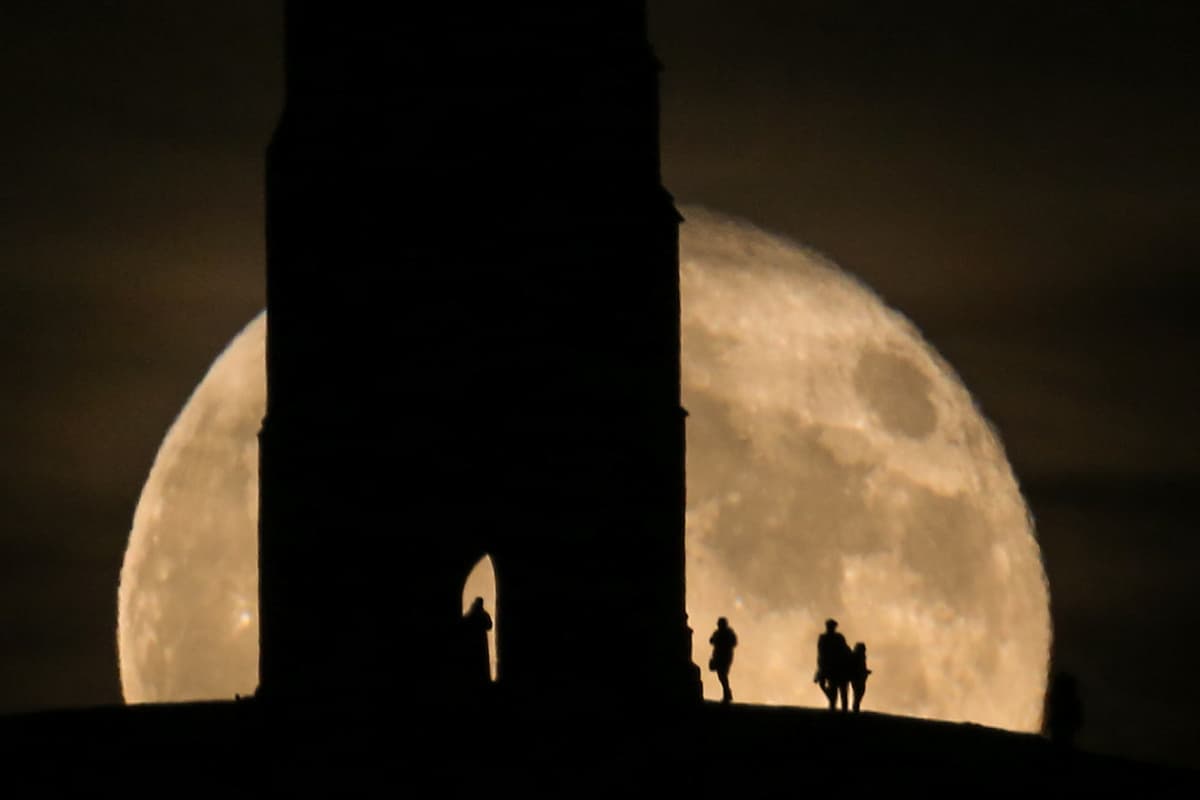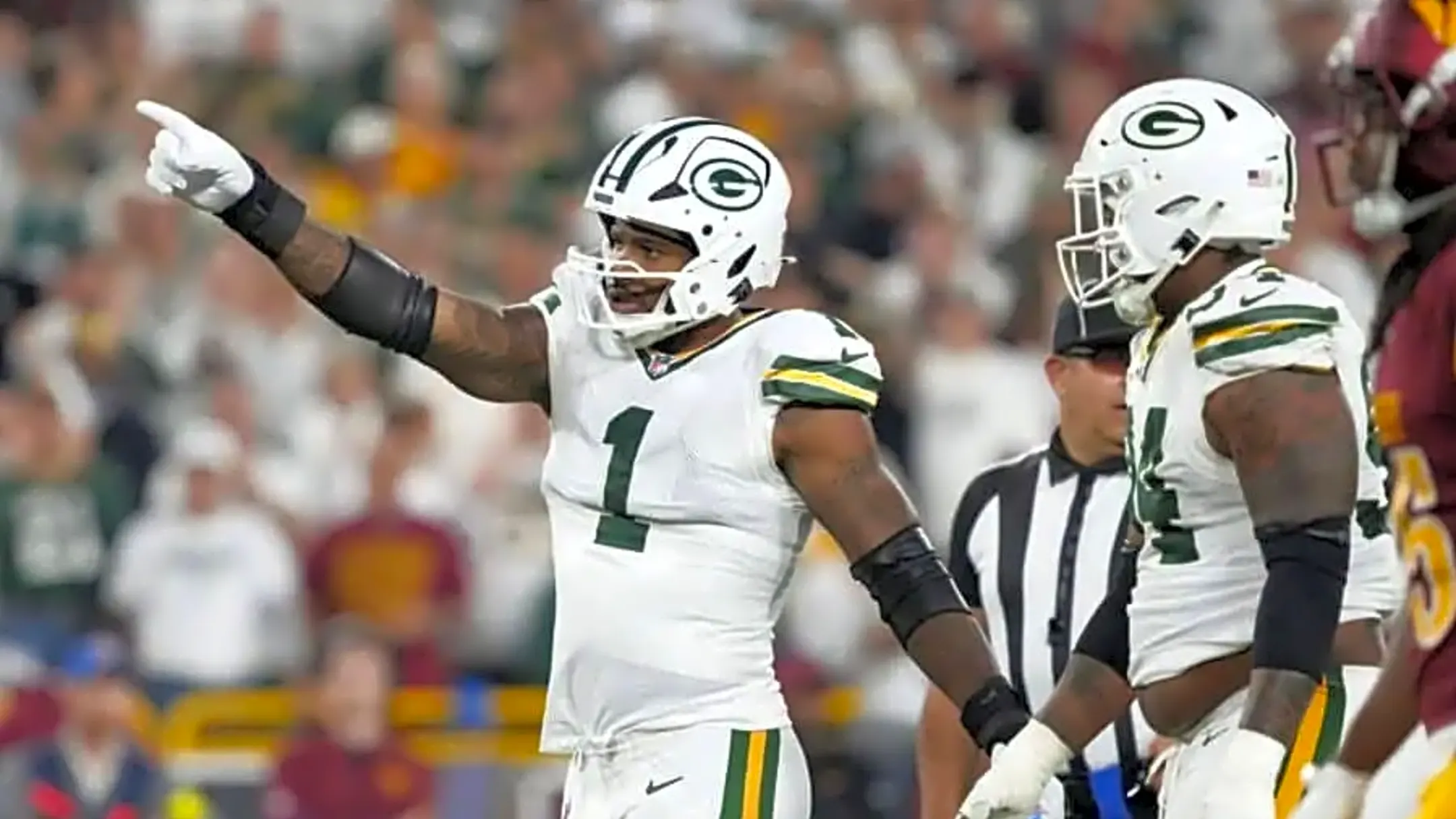What is Samhain: The origins of Halloween and its traditions – including turnip carving?
By Benjamin Jackson
Copyright derryjournal

Halloween is around the corner for another year, but for some, the annual celebration is more than fancy dresses and cheap sweets.The event has its origins rooted in traditions that celebrate and honour those who have died and the impending Winter months.So what is Samhain, and just what has Halloween borrowed from the pagan celebration?
It’s October, meaning that we are in what some refer to as the ‘spooky’ season of the year, and as the numerous fake cobwebs appear in stores and farmers prepare themselves for pumpkin picking, it can only mean one thing – Halloween is on the horizon.
We should, however, owe a debt of gratitude (those of us who like Halloween) once again to paganism, which, much like other cultural events, is the blueprint behind the affair — much akin to Christmas, which incorporated elements of Saturnalia, Sol Invictus, and Yule.
Hence, a yule log.
But rather than the fun and shenanigans that modern Halloween celebrations have embraced, the origins of Halloween stem more from spirituality and the afterlife, with people honouring their fallen ancestors and preparing for the coming winter.
As it stands, Samhain is still something that many in the United Kingdom celebrate, but what is the original pagan festival, and what has Halloween borrowed from its long-standing traditions?
Celebrate Halloween this year with the knowledge that what some consider a commercial holiday actually has much deeper, sentimental roots attached to it.
What is Samhain?
Long before modern Halloween, the ancient Celts in Ireland, Scotland, and the Isle of Man celebrated Samhain (pronounced “sow-in” or “sah-win”). This pagan festival, which took place on November 1st, marked the end of the harvest season and the beginning of the “darker half” of the year. For the Celts, this day was also considered the start of the new year.
The Celts believed that on the night of October 31st, the veil between the living and the spirit worlds was at its thinnest, allowing spirits of the dead to walk the earth. This made it a time for both celebration and caution. It was a moment of reflection, when people would honour their ancestors and prepare for the long, dark winter ahead.
Is Samhain celebrated differently from Halloween?
While the two share a common date, Samhain and Halloween are celebrated differently in both spirit and tradition.
For modern-day pagans, Wiccans, and other spiritual practitioners, Samhain is a sacred festival. It’s a time for quiet reflection, honouring ancestors, and preparing for the coming winter.
Celebrations often involve lighting bonfires, holding ritual feasts to which deceased loved ones are symbolically invited, and practising divination. For these communities, Samhain is not a day for trick-or-treating or elaborate costumes but rather a deeply meaningful spiritual observance.
Halloween, on the other hand, is a largely secular holiday, celebrated with a focus on fun and fantasy. It’s a massive cultural event centred around costumes, parties, carved pumpkins, and trick-or-treating.
While it draws heavily from the traditions of Samhain, Halloween has evolved to become a night of spooky entertainment, rather than a time for serious spiritual reflection or honouring the dead.
What are some Samhain traditions that have carried over to Halloween?
Modern Halloween has its roots firmly in the traditions of Samhain, evolving over centuries as cultures blended. Many of today’s familiar customs can be directly traced back to the ancient festival
Fancy Dress
The tradition of wearing costumes on Halloween has ancient origins. The Celts wore disguises to avoid being recognised by spirits, believed to cross over when the veil between worlds was thinnest on October 31st.
These early costumes were not the elaborate outfits we see today. They were often simple disguises made from animal hides and heads, meant to confuse or scare away any ghosts or goblins they might encounter. This practice of “guising” was also used by people who went from door to door, performing songs or verses in exchange for food (see below).
Over the centuries, as the traditions of Samhain were adopted and changed by Christianity and other cultures, the practice of wearing costumes evolved from a spiritual necessity into a playful and creative tradition for all ages.
Carving Pumpkins (or Turnips in this instance)
To frighten away malevolent spirits, the Celts would carve eerie faces into turnips and place a candle inside. But why turnips?
Turnips were the original choice for carving lanterns for a very simple reason: pumpkins weren’t readily available in the regions where the tradition began.
Irish and Scottish immigrants brought this tradition to the United States in the 19th century, where they discovered that pumpkins were a more abundant and much easier-to-carve alternative to the hard, dense turnip.
The pumpkin’s softer flesh and larger size allowed for more intricate and dramatic designs, and it quickly became the default choice.
Eventually, this new American custom was adopted back in Europe, and the pumpkin replaced the turnip as the quintessential symbol of Halloween.
Trick-or-Treating?
The tradition of trick-or-treating is believed to have originated from the Celtic practice of ‘souling’ and ‘guising.’
During Samhain, the Celts believed that spirits of the dead would wander the earth. To appease these spirits and ensure a bountiful harvest the next year, people would leave food and drink on their doorsteps.
Over time, this tradition evolved. Poor villagers would dress in costumes and go from house to house, offering to pray for the souls of the dead in exchange for food, or ‘soul cakes.’ This practice became known as ‘souling.’ In Scotland and Ireland, ‘guising’ also became popular, where children and young adults dressed in costumes and performed songs, poems, or jokes in exchange for treats.
When these traditions were brought to North America, they merged and evolved into the modern-day practice of trick-or-treating, where children go door-to-door in costume to collect candy.
So, when did Halloween become more ‘well-known’ than Samhain?
Halloween’s rise to prominence began with the spread of Christianity. In the 8th century, Pope Gregory III designated November 1st as All Saints’ Day to honour Christian martyrs and saints. The night before, October 31st, became All Hallows’ Eve. This holy day, or “hallowed” eve, gradually incorporated the traditions of Samhain, eventually merging the secular and sacred.
The holiday as we know it today, however, gained widespread popularity in North America in the 19th century, particularly with the arrival of Irish and Scottish immigrants. By the mid-20th century, practices like trick-or-treating had become widespread, cementing Halloween as a family-friendly, community-focused event.
It was this American cultural shift, along with the influence of candy companies and Hollywood, that made Halloween a globally recognised celebration.
Are you celebrating Samhain this year? Drop the writer of this article an email to let us know for potential inclusion rounding up all the events taking place this Halloween/Samhain celebrations.



